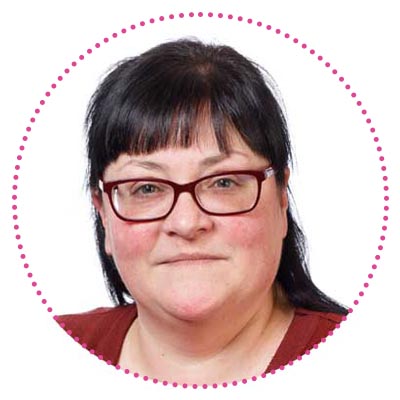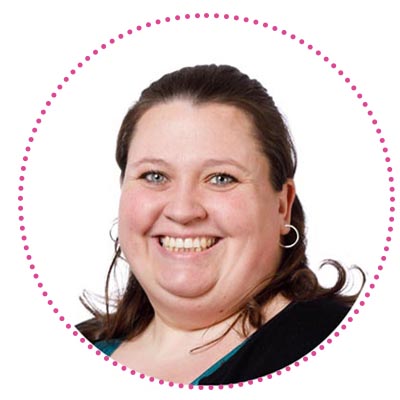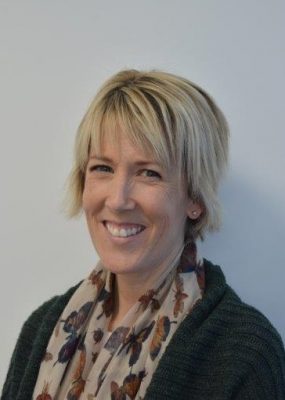Safeguarding
Succession Planning in Safeguarding – is it possible?
Safeguarding expert, Jo Perrin, discusses Succession Planning and how to mitigate any negative impacts of a member of staff leaving your setting.
The Cambridge Dictionary describes succession planning as “the process of finding suitable people and preparing them to replace important executives in an organization when these executives leave or retire”.
In terms of Safeguarding and Child Protection, the “important executive” equivalent would (usually) be your DSL.
Whilst you might have a team of people who are “DSL trained”, there is one actual DSL per organisation, as required by KCSIE 2022.
This must be someone in the senior leadership team who has the role as part of their formal job description, and of course, this person needs to be replaced by another person in a senior leadership position, if they leave.
You might promote an internal candidate who was already DDSL and the rest of the team slot into place behind them. Or you might have someone new join your setting.
Either way poses challenges, in particular, a new hire would have lots to learn in terms of your culture, ethos and processes. This can take time and can make true succession planning a challenge.
So what can we do to smooth transitions and keep the culture and ethos around safeguarding at the heart of what we do?
Here are some key factors you might want to consider:
1. Build capacity in your team
The more people you have trained to DSL standard, the better. Train as many as you can financially justify, as this allows for the “load” to be shared and allows individuals to develop their expertise in certain areas.
When someone then leaves, there are other “experts” still available who understand your setting’s specific context.
2. Get DDSLs to shadow
Regularly discuss, as a safeguarding team, what aspects of the DSL role only the lead DSL is involved with – this might be policy updates or liaising with the governing body for example.
Designate one DDSL to take on a deputy, shadowing role for each aspect, occasionally.
This leaves you less exposed as a setting if your lead DSL leaves quickly and unexpectedly.
3. Consider who does “the admin”
An online system does wonders to organise itself, but what about storage of the original paper copies of documents that the police might need to see during a criminal investigation?
Or who holds the key for a cupboard containing safeguarding records?
Or who ensures paper documentation is photocopied for visiting staff members or those who don’t have access to your electronic system?
It doesn’t even need to be a DDSL who completes these tasks alongside the DSL, it can be a member of the admin team.
4. Shuffle up
Have you regularly thought about who would “shuffle up” the line of safeguarding command if there was an internal promotion?
Which less experienced members of staff show an aptitude for safeguarding and wider pastoral work?
Can they be offered some experience to sit alongside members of your safeguarding team to see what the work really entails and decide if it’s a career route they could see themselves working in, in the future?
5. Ensure a smooth handover
If the DSL leaves and they were responsible for planning and delivering whole staff safeguarding training in your setting, do you ensure they leave you with copies of their PowerPoints and notes? Otherwise you could be repeating topics and missing out crucial ones.
This can particularly be the case where the new DSL is brand new to your organisation – yes they want to make their mark with their own style of training, but there is no benefit in repeating the same things time and again, it annoys other staff and might leave them ignorant of key safeguarding topics.
6. Prepare your data
Particularly if the new person is external, it is important to prepare and share your data – both qualitative and quantitative.
Yes, it is possible to run checks using your CPOMS or MyConcern system, but that isn’t as helpful in giving context and detail as a conversation or written report is.
An increase in cases of neglect is more rich when accompanied by a discussion of the area of town it is happening in, for example, perhaps several cases are in one street, or there are disclosures of physical abuse by several children, but only “insider knowledge” would show these children are part of a large, extended family.
7. Communicate with staff
Speak regularly to all staff – no matter what role they hold in your setting – about the importance of safeguarding.
Yes, personal trusted relationships between adults are crucially important, but a “new person in charge” should not be a barrier to staff acting upon concerns.
It’s not good enough that they don’t feel able to report because they don’t really know the new person, which can sometimes be the case, particularly if staff have concerns about another staff member (this is relevant if your policy says to alert the DSL rather than the head/principal – which some still do).
8. Focus
If you are the new person – can you advocate for yourself to get some time focussing purely on safeguarding when you first start?
Can the other “hats” you wear, wait a week or two? If possible, can you talk to the outgoing DSL?
If they have already left, who has been interim and who could you possibly shadow?
Summary
Safeguarding can be make or break: for individuals, whose lives can be improved or who can be left to suffer abuse and neglect for longer; but also for settings, as poorly executed safeguarding arrangements do impact on a setting’s Leadership and Management judgments during inspection.
Tweaks when someone new joins a team can be positive, but there shouldn’t be a need to “reinvent the wheel”.
With good succession planning, settings can go from strength to strength.
If this has piqued your interest in the topic and you’d like further support, SFE offer a bespoke safeguarding consultancy service. Just get in touch at safeguarding@servicesforeducation.co.uk to find out more.
Equally our safeguarding subscription members area contains a host of webinars to help a DSL understand the breadth of the role, which might be of use if you are the newcomer.
About the Author
 Jo Perrin - Adviser, Services For Education
Jo Perrin - Adviser, Services For Education
Jo Perrin is a seasoned Education Adviser with a strong background in safeguarding. She has held key roles as a Designated Safeguarding Lead and pastoral lead in the education sector. Facilitating training to enhance the knowledge and skills of professionals working directly with children and young people is her passion.
With a wealth of experience in teaching PSHE and expertise in childhood trauma from her time as a foster carer, Jo is dedicated to supporting organisations that work with children and vulnerable adults on safeguarding issues. She is actively involved in professional safeguarding groups in the West Midlands and is currently collaborating on a research project with colleagues from the University of Birmingham and the NHS focusing on FGM awareness within communities. Jo’s has worked as a West Midlands' Adviser for national PSHE resources, presented at the Sex Education Forum National Members' Event and authored an advertorial for PSM magazine and an article for SEND magazine.
Jo's expertise extends to training on topics such as Safer Recruitment and Mental Health at Work. She is also a facilitator for the nationally recognised NPQSL qualification, supporting senior leaders in education. Her contributions to publications and development of resources for RSE provision have been well-received by schools nationally and internationally.
With her extensive experience and dedication to professional development, Jo Perrin is a highly respected figure in the field of education. Her guidance on safeguarding, mental health awareness, personal development, and relationships education is highly valued within the industry.
need bespoke safeguarding support at your school?
Our expert advisers can provide in-school visits to deliver sessions on any specific safeguarding issues that are relevant to your setting. We also offer consultancy and a detailed safeguarding audit.
We will work with you to understand your exact requirements.
Get in touch with us today if you’d like to discuss bespoke Safeguarding training for your school.
find out more

 Lucie Welch – Adviser, Services For Education
Lucie Welch – Adviser, Services For Education
 Marsha
Marsha 


